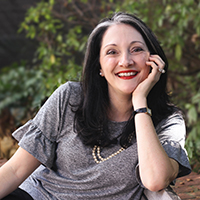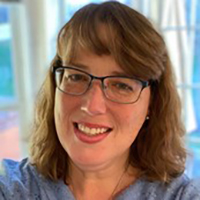
Michelle L Dawson
Assistant Professor, Director of Clinical Education

Shiree Harbick, Ph.D, M.S, CCC-SLP
Shiree Harbick, Ph.D. CCC-SLP, is a faculty member and clinical educator at JMU. Her clinical background informs her research conducted through the Infant and Toddler Language Laboratory and the Speech-Language Clinic at JMU. Her current research project, the FIRST Program, involves working with families and caregivers to support the communication development of 6-12 month old infants and developing clinical experiences in early intervention for graduate clinicians in CSD. She has many years of experience working as a private practice SLP serving individuals of all ages, and their families, as they overcome communication and swallowing challenges.

Anne Martin, CCC-SLP
Anne Martin, MS, CCC-SLP is an acute care speech-language pathologist at Sentara Rockingham Memorial hospital, and is also a clinical educator in the JMU Speech-Language Clinic. Anne holds a BS from James Madison University and MS from East Carolina University where she predominantly studied medical speech-language pathology as related to adults. Anne has worked in a variety of settings to include: inpatient rehabilitation center, skilled nursing facility, outpatient clinic, and acute care in a hospital. Her main interests include working with adults with CVA, TBI, aphasia, motor speech disorders, dysphagia, cognitive-communicative impairments, ventilators, tracheostomies, and voice disorders.

Sarah Teter, M.S, CCC-SLP
Sarah Teter is a full-time clinical educator at James Madison University. She holds her ASHA Certificate of Clinical Competence and is a licensed provider in the state of Virginia. Sarah obtained her Bachelor of Science and Master of Science degrees from West Virginia University in Communication Sciences and Disorders. Her primary clinical experience is in the pediatric population across the settings of the public school system, private day school for individuals with autism, and outpatient clinic with a focus in autism.

